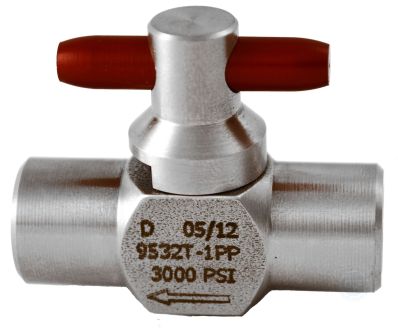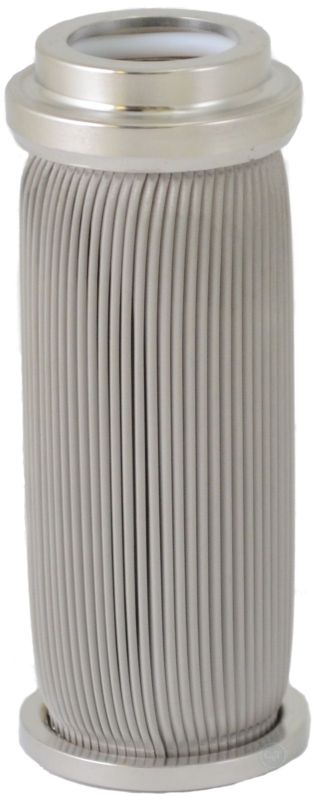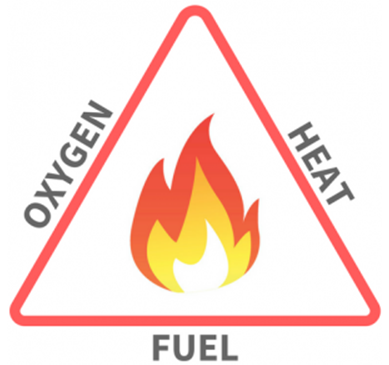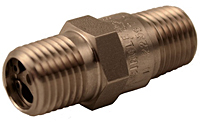Fire protection is a must-have for any commercial building. It not only protects valuable goods and merchandise, it also saves lives. A fire can occur anytime, including when there is no one around, so a fire suppression system needs to be reliable and react quickly.
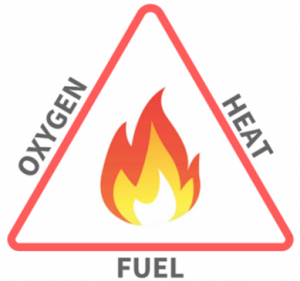
This means the system needs to be properly designed and maintained using reliable components to ensure a quick response should fire break out.
One key component in a fire suspension system is the inline check valve. Its sole objective is to prevent backflow. Adding a 2200 series or 200 series check valve after the water supply, and several downstream in a fire suppression system helps maintain system pressure in the sprinkler heads. This helps reduce the duration in which the pump takes to establish operating pressure in the sprinkler lines. If a fire breaks out, this ensures water can flow quickly to help contain the fire.
Another critical area where a check valve becomes valuable is in the equipment used by first responders. Preventing smoke inhalation is a key reason to incorporate a check valve into a breathing air system for first responders. Reverse flow from a mask to the tank can subject the fireman to smoke inhalation and caustic gases. By including an inline check valve in the system such as the Circle Seal 2200 series or Hoke 6100/6200 series it allows the flow from the tank to the mask, but prevents reverse flow.
2200 series inline check valves feature a medium flow, single piece design with resilient O-ring. They are maintenance free, dependable, and economical for a wide variety of applications.
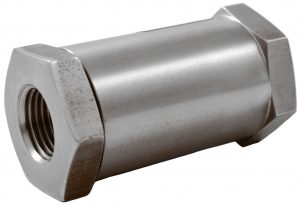
200 series check valves feature quick opening / positive closing with large flow capacities and zero leakage.
Both wet-pipe and dry-pipe fire suppression systems require periodic maintenance due to generalized corrosion (rust) and microbiologically influenced corrosion (MIC). This corrosion causes buildup in the pipe and can prevent valves from moving freely or sealing completely, which can degrade piping and produce pinhole leaks. In the event of a failure, i.e. drop in pressure or excessive contamination, a ball valve becomes a key instrument in isolating the problem. At this point, a repair can be made without affecting the rest of the fire suppression system. Once pressure is restored to a certain level or the problem is repaired the system media can be the reinstated.
Periodic maintenance ensures the system will function properly in the event of a fire. Ball valves are used to quarantine sections of a fire suppression system or where rapid on and off control is required. Additionally, the use of a ball valve allows for draining and flushing outlines for both maintenance and system repairs.
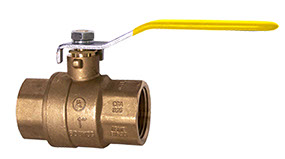
Circle Valve Technologies stocks components needed to maintain an effective fire suppression system and are always available to provide application support.




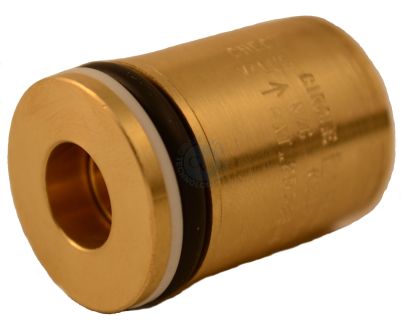






















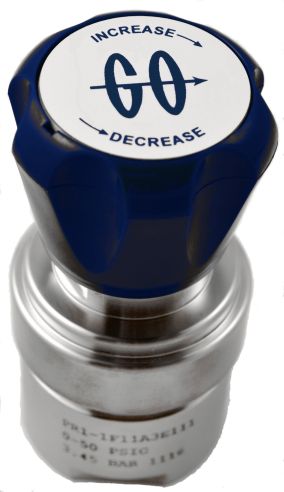


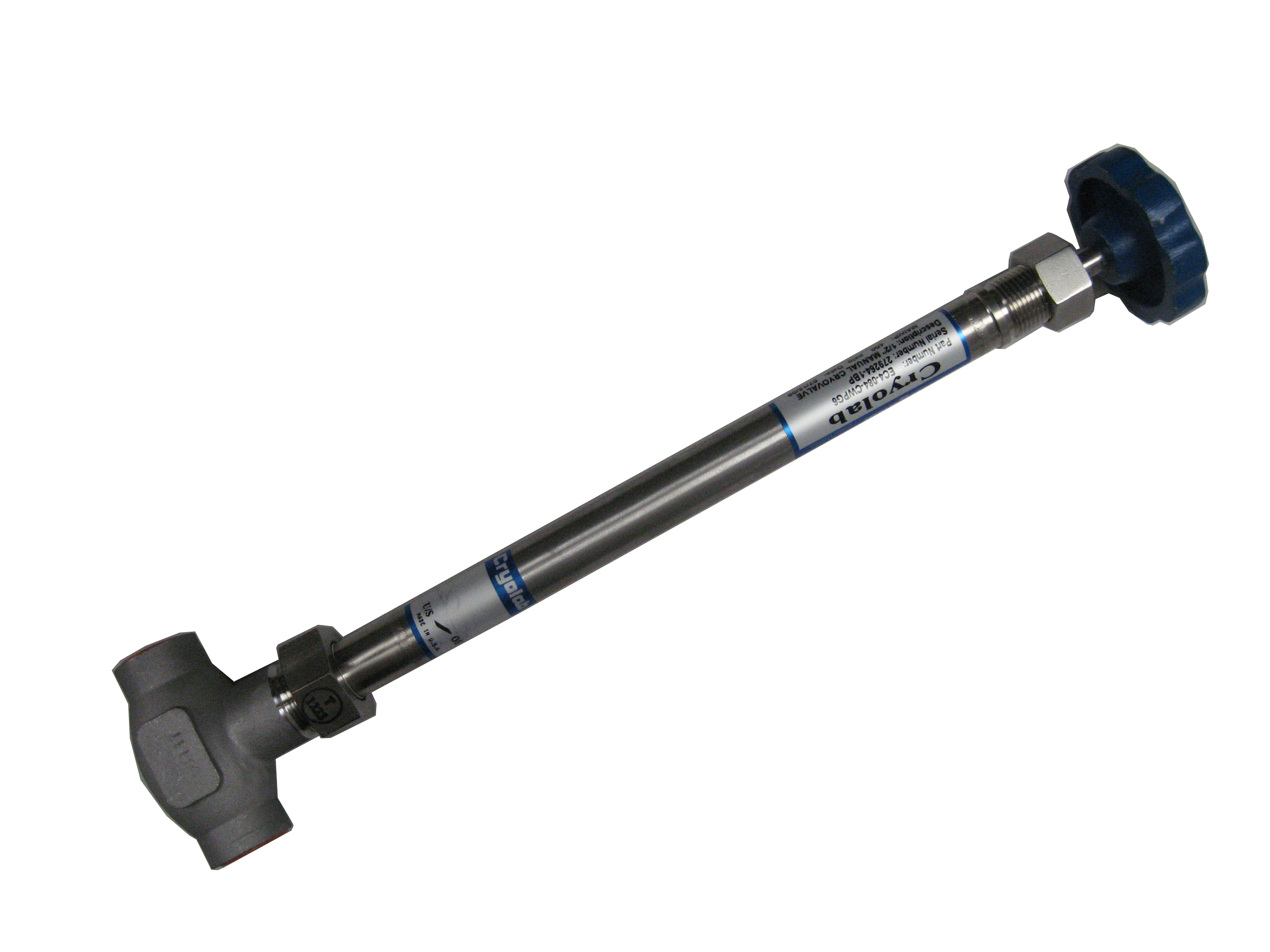



















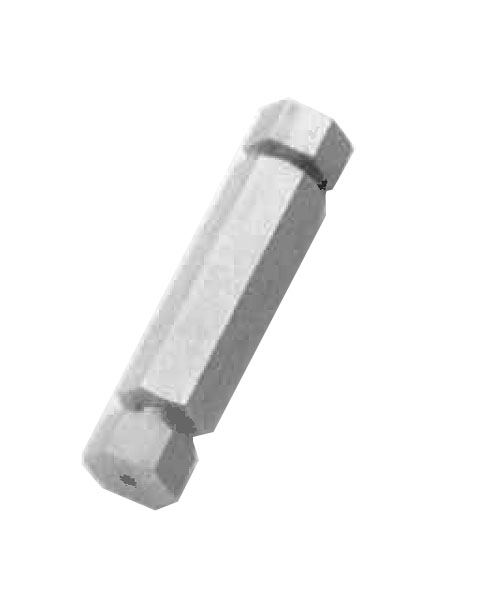



.jpg)
